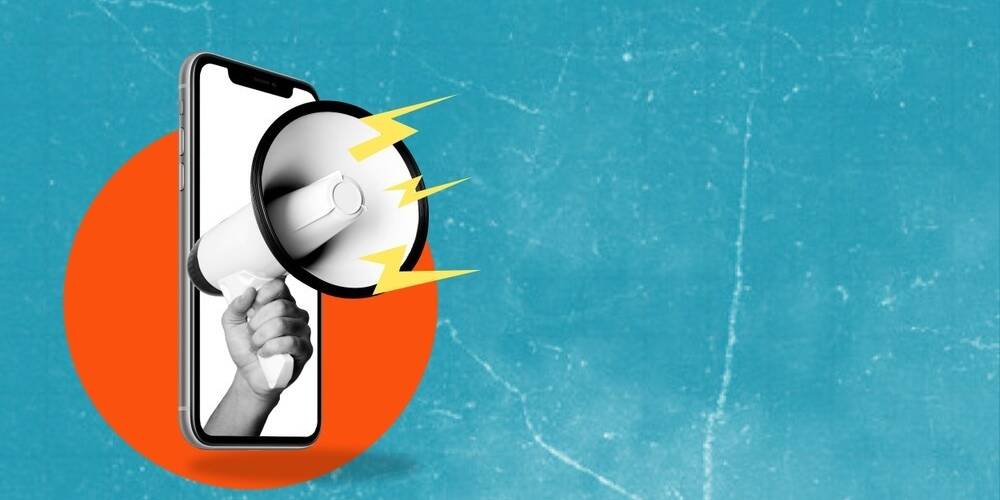If you’re sat there wondering what on earth pansexuality is, you’re not alone. Even some members of the LGBTQ+ community are confused after hearing the term. The word itself is rarely discussed, despite it representing the sexual orientation of many people around the world. As a minority in the LGBTQ+ spectrum, pansexuality arguably needs more recognition, right?
Since the Stonewall riots of 1969, the world has fundamentally been slowly progressing into a more accepting place for same-sex relationships, but it cannot be denied that more needs to be done to make sure people are supporting the less recognised or ‘less common’ sexualities.
We are still a part of the community!
Pansexuality is in fact one of these ‘cast away’ orientations, but with more inspirational celebrities like Bella Thorne and Miley Cyrus coming out as pansexual, a greater number of people are coming to understand and accept what pansexuality is. Having said that, it’s time for the rest of the world to learn the true definition.
To put it simply, the term ‘pansexual’ is used to describe someone attracted to people, not genders. If this is difficult to wrap your head around, think about when someone says they love a certain person’s energy or aura — this is what a pansexual person would be attracted to in someone; not looks or gender. Hence, pansexual people are attracted to All genders because they are ‘gender-blind’. This means they disregard gender in love and instead are attracted to who a person is, including their strengths and personality traits, rather than appearances or gender.
In an interview with Good Morning America, Bella Thorne opened up about being pansexual. When asked what this meant, she explained:
‘you like what you like, doesn’t have to be a girl or a guy, you know, a he, a she, a they, a this or that … you like personality, you just like a being’.
This I believe, is the perfect description of this sexuality type.
Some Issues
Pansexuality is often confused with bisexuality, or sometimes disregarded entirely because it’s thought of as the ‘same’ thing. The two sexualities are, however, distinct and individual despite their similarities. Bisexuality is the attraction to men and women, or to more than one gender. Bisexual people, unlike pansexual people, do acknowledge gender. The key difference is that pansexuality is the attraction to all genders, and its emphasis on a person’s presence, or the way they make them feel, as the determining aspect of love. Alternatively, you could describe the two sexualities as different because a bisexual person, for example, might like a woman based on the fact that she is a woman, whereas a pansexual person would like a woman for her ‘feel’ or who she is.
The National LGBT Survey UK launched in July 2018 found that only 4 per cent of those who took part in the survey identified as pansexual. This number leaves me wondering whether enough people know what pansexuality is. In fact, the lack of knowledge and education around all minority sexualities seems to trigger problems such as sidelining and invalidation. Media representation for these complex sexualities like pansexuality is limited or ignored. When pansexuality is portrayed, it often experiences pan-erasure — similar to bi-erasure.
What it means to me
The ‘gender-blind’ aspect of the sexuality might seem confusing so I’ll explain what it really means to me as someone who identifies as a pansexual.
When I’m attracted to someone, I’m attracted to their energy and how they make me feel, as oppose to how they look or whether they are female, male, non-binary or trans — I simply look past gender because I don’t care about it. Due to poor social recognition of the term, and the overall lack of LGBTQ+ education in schools (although this is improving) it took me a while to discover the word ‘pansexual’, but as soon as I did, I knew it defined me. I related overwhelmingly to the idea of being attracted to ‘vibes’ and people rather than gender.
Growing up in a less accepting home, it took a long time for me to find the label which I was comfortable under and described me most. This also meant I called myself a lesbian for around two years before understanding who I really was. Being in a relationship with a girl caused me to ignore the fact that it wasn’t only girls that I was attracted to. It was only when I came out of the relationship that I discovered the encompassing meaning of the word ‘pansexual’ and the fact that it described my behaviour perfectly.
Since doing a lot of research into pansexuality and coming out — again — to my friends, I have realised that I’m fully comfortable with the term. Calling myself a lesbian made me feel restricted and insincere. Of course, now I know why.
Pansexuality is a part of the LGBTQ+ spectrum and more attention should be given to this significant group.
DISCLAIMER: The articles on our website are not endorsed by, or the opinions of Shout Out UK (SOUK), but exclusively the views of the author.




